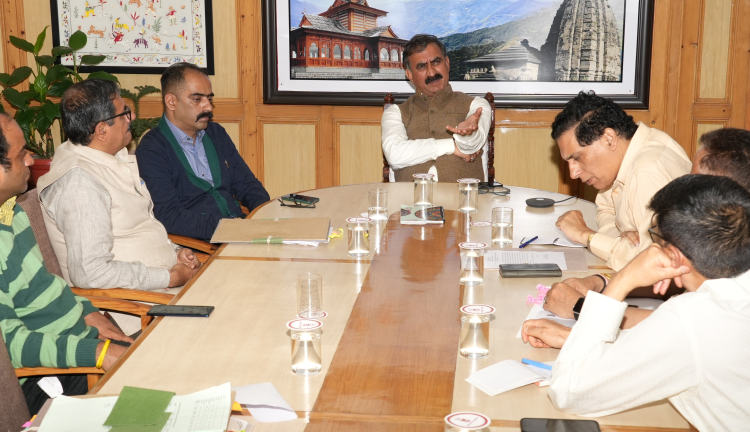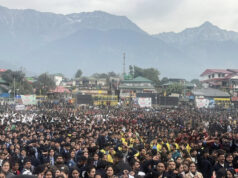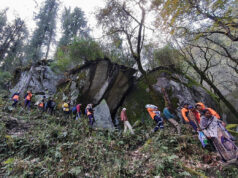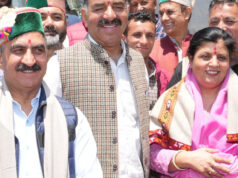State Government Implements Multi-Faceted Strategy for Disaster Preparedness and Relief
Shimla – In a groundbreaking move aimed at bolstering disaster response capabilities, the State Government has initiated a comprehensive strategy encompassing the installation of mandatory drainage systems, deployment of drones, and equipping disaster response teams with cranes. This innovative approach, spearheaded by Chief Minister Sukhvinder Singh Sukhu, reflects a resolute commitment to enhancing the State’s resilience in the face of natural calamities.
Recognizing the persistent issue of road damage caused by heavy rains, Chief Minister Sukhu declared that all road construction projects must incorporate proper drainage and cross-drainage systems. Speaking at a high-level meeting, the Chief Minister emphasized that the absence of such systems had led to severe water seepage and cracks in roads, resulting in substantial damage. To counter this, a high-level committee and monitoring teams have been established to ensure the thorough implementation of this new mandate.
“This marks a pivotal step towards ensuring the longevity and durability of our road infrastructure,” stated Chief Minister Sukhu. He stressed that the approval of new road projects would be contingent upon the inclusion of these drainage systems, reinforcing the importance of quality construction practices.
The commitment to disaster preparedness does not end there. To fortify the State’s capacity to respond effectively to emergencies, Chief Minister Sukhu unveiled plans to equip each company within the State Disaster Management Authorities (SDRF) with two cranes.
Moreover, the government’s forward-thinking approach includes the provision of drones to all District Disaster Management Authorities (DDMA). These aerial devices will serve as invaluable tools for mapping, monitoring, and assessing disaster-affected areas. Additionally, they will be utilized to deliver essential goods and medicines to communities in need, minimizing the impact of disasters on vulnerable populations.
Chief Minister Sukhu’s comprehensive strategy aligns with the State’s commitment to fostering disaster resilience. By addressing both infrastructure vulnerabilities and response capabilities, the government aims to create a more secure environment for its citizens. The inclusion of cutting-edge technologies like drones and cranes demonstrates the State’s determination to stay at the forefront of disaster preparedness, setting an example for others to follow.
As climate change and unpredictable weather patterns continue to pose challenges, the State’s multi-faceted approach serves as a beacon of proactive governance.















